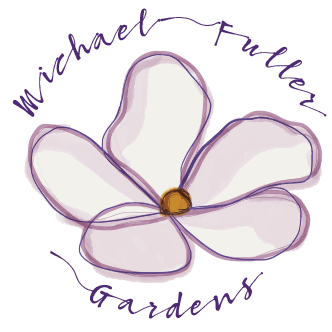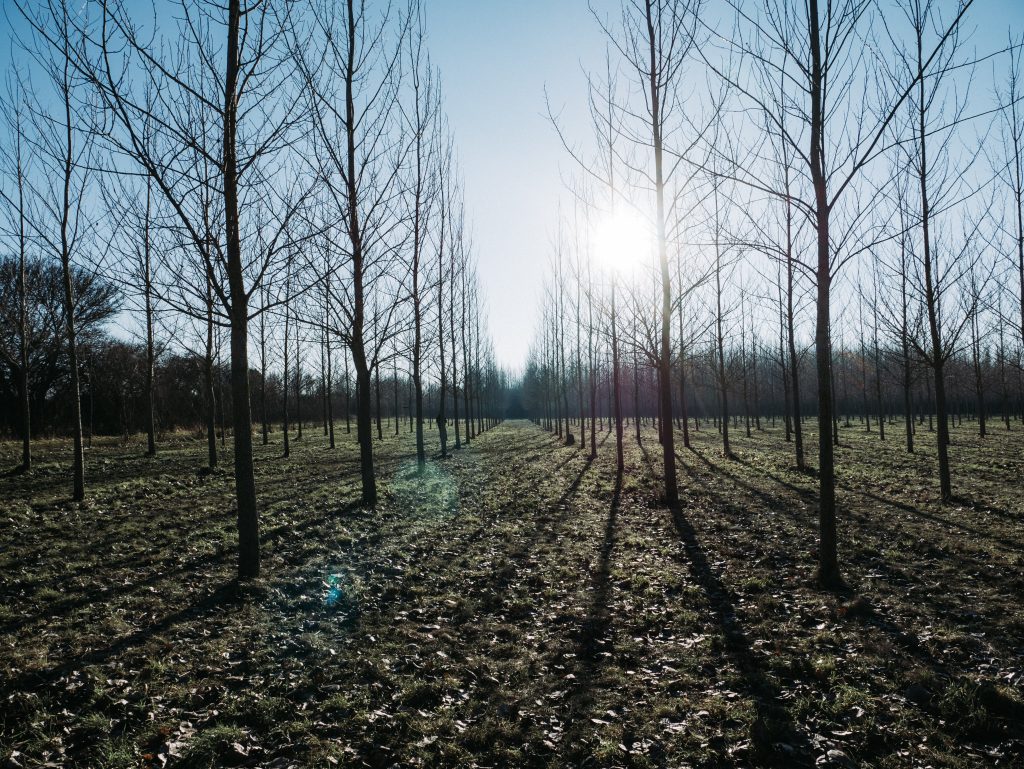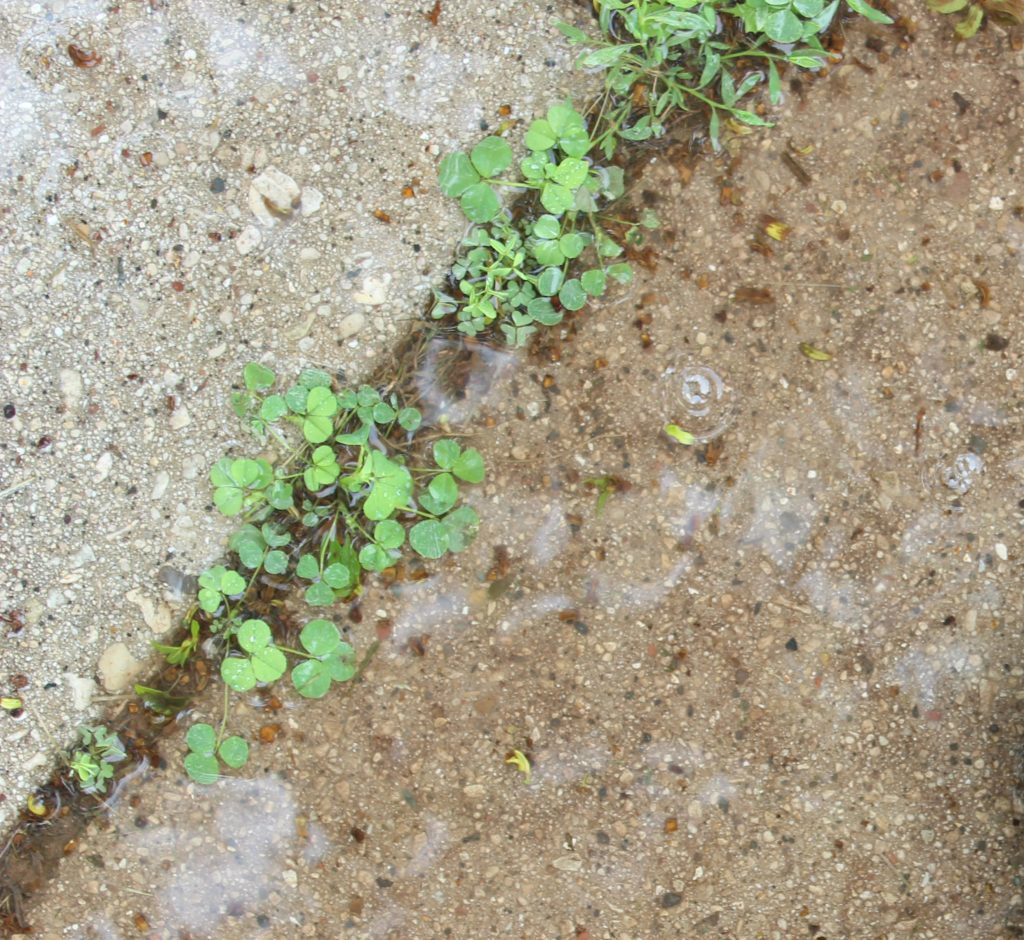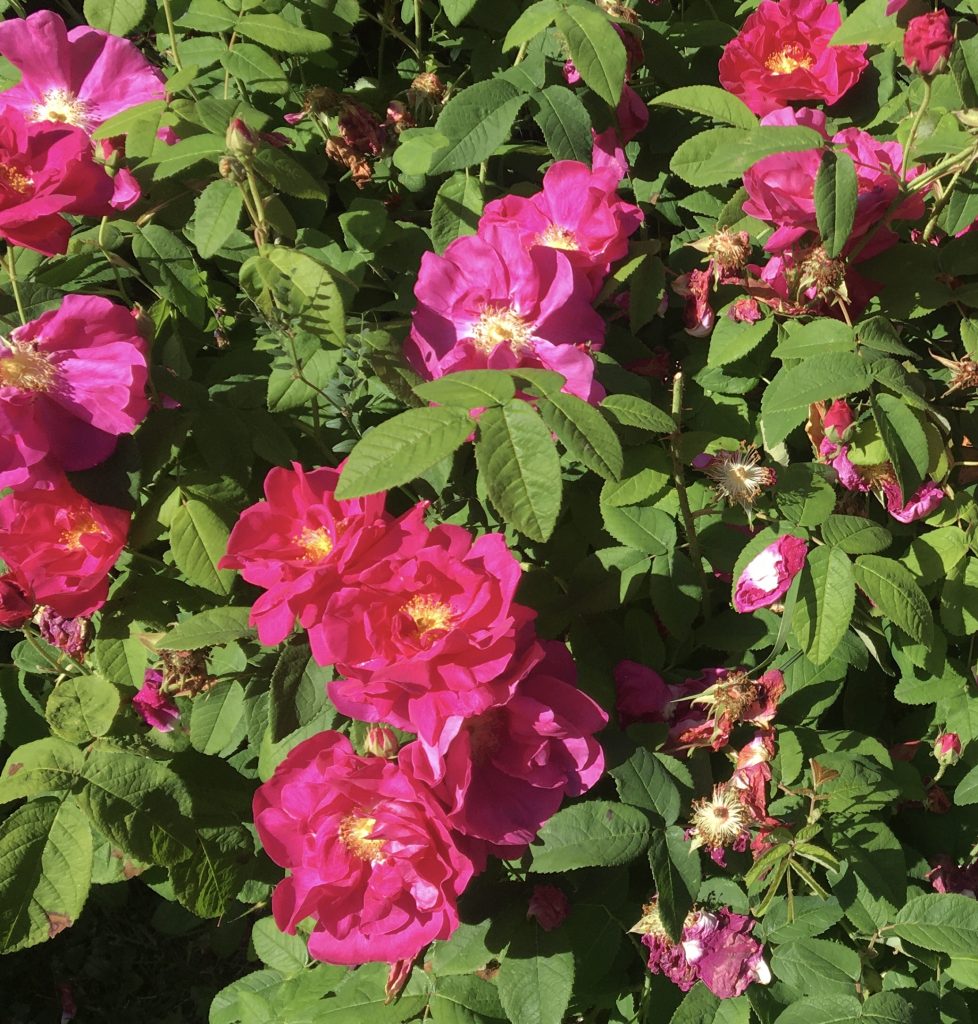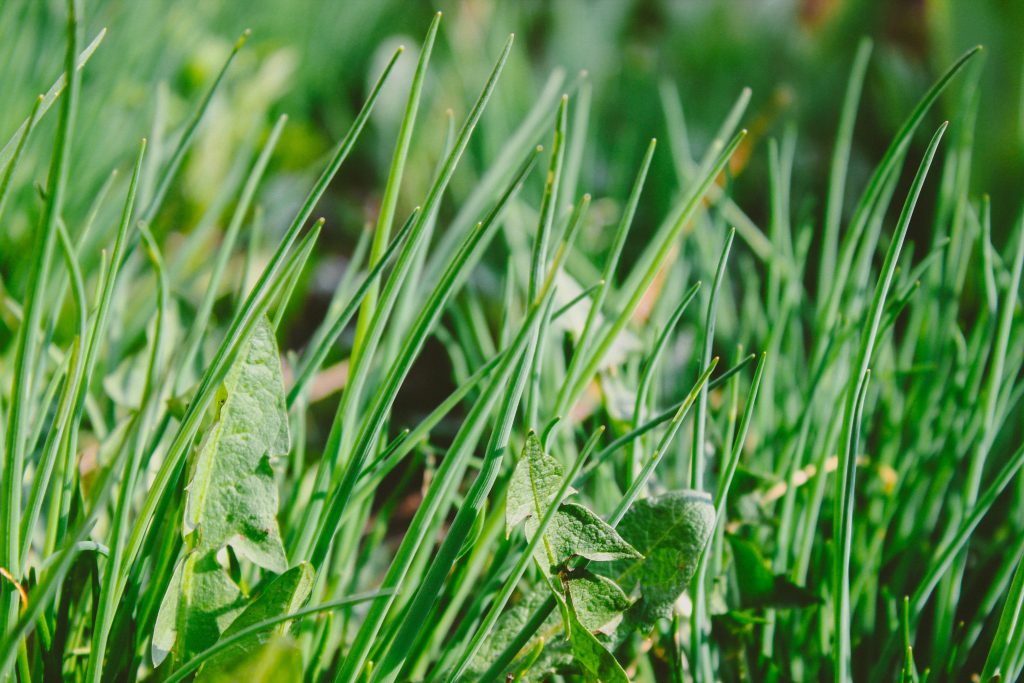The Holly and the Ivy – Midwinter Light
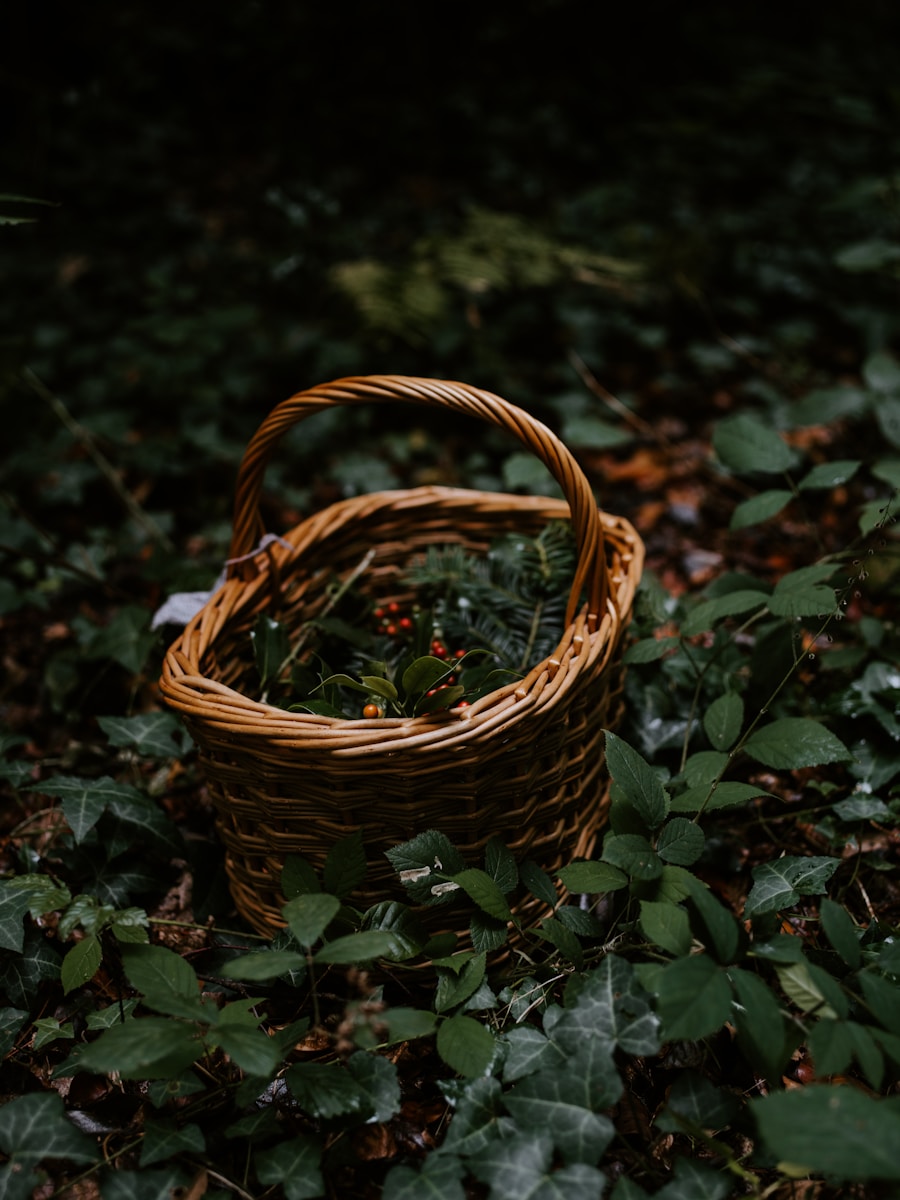
As we move toward the Winter Solstice on 21st of December, the days reach their shortest length, the weather is often cold and wet and there is little outward cheer in the garden. The Christian festival of Christmas of course takes place at this time, built upon the older Celtic festival of Yule, both honouring darkness and rebirth, as we in the Northern Hemisphere pass through the shortest day and longest night. Glennie Kindred, in her book The Earth’s Cycle of Celebration has, as ever, something helpful to say about this time:
“Deep within the Earth and ourselves roots have been growing, bringing stability. The outer world has darkened and the inner realms can expand. But here there is a change of direction: from now on the days will lengthen. Being part of this cycle means that we can bring our inner wisdom out of the dark unconscious, to grow with the light […] Winter Solstice is an opportunity to come out of hibernation, be loving, generous and sociable, celebrate each other and being alive”.
As a gardener, I am always trying to connect inner spiritual truths to my outer work, so I wonder how I can find a connection with the inner experiences of Midwinter with what is living around me in the garden. Two plants that might help are the holly and the ivy. Both are celebrated in Christmas carols – the first ‘The Holly and the Ivy’ represents Christ and his mother Mary, and the second ‘Green Growth the Holly’ (originally a love poem written by Henry the Eighth) alludes to holly and ivy ‘resisting winter blasts’ and ‘not changing their green hue’. Perhaps the reason they fit so well into both Christmas and Solstice celebrations are their qualities of staying both evergreen and strong whatever the weather and offering light and hope in the form of berries and flowers.
Holly
Common holly, Ilex aquifolium, with its shiny, evergreen leaves can be grown as a specimen tree reaching up to 20 metres high if left unchecked. Luckily it responds well to pruning and can be clipped to a smaller bush or trained into a hedge. There are dozens of varieties, many of which have variegated leaves. Both a male and a female plant are required for the female plants to produce red berries, which appear from late autumn to mid-winter. This year the berries have been very prolific, and these majestic trees can be seen in many gardens and woodlands, literally glowing red! After the first frosts, the berries soften and eventually fall to the ground becoming a source of food for overwintering birds. Sprigs of holly can be used for decoration during the Solstice: the attraction is clear – bright red berries and enduring green feel very helpful and hopeful at this time of year. If you don’t have a large garden or access to woodland, there are now many smaller varieties available – both green and variegated.
Ivy
Ivy, hedera helix is an evergreen, native climber, found in many woodlands throughout Britain, growing up to 30 metres. It is often thought to strangle trees, but according to the Woodland Trust, this is an unfair myth- “Ivy uses trees and walls for support, allowing it to reach upwards to better levels of sunlight. It is not a parasitic plant and has a separate root system in the soil and so absorbs its own nutrients and water as needed. Ivy does not damage trees and its presence doesn’t indicate that a tree is unhealthy”. This is news to me, and although I like the idea, I have to say that I am still a little wary of it in a small garden because of its vigour!
What is without question is its benefit to wildlife throughout Autumn and Winter: it is a very generous plant. Not only does it offer the last nectar for bees, wasps and hoverflies, but also its nutritious berries high in fat, are eaten by a range of bird species including thrushes, blackcaps, woodpigeons and blackbirds. Additionally, it is an important food plant for many butterfly and moth larvae as they overwinter and can provide shelter for small mammals, bats and overwintering birds.
Equally without question is the ivy’s decorative value during the winter season. The evergreen, delicate long-lasting trails can be used in many ways including door wreaths and shelf/table decorations and really do look good together with holly; perhaps understanding their great value outside in nature during Winter will enhance our appreciation of these two wonderful plants as we bring them into our homes this December.
Michael Fuller, December 2023

